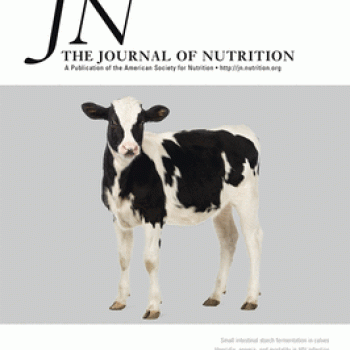Publication Information

Stunting is associated with adverse cognitive development in childhood and adolescence, fewer years of schooling, decreased productivity, and reduced adult stature. Recovery from early stunting is possible; however, few studies explore whether those who demonstrate linear catch-up growth experience long-term cognitive deficits. Using longitudinal data on 1674 Peruvian children from the Young Lives study, we identified factors associated with catch-up growth and assessed whether children who displayed catch-up growth have significantly lower cognition than children who were not stunted during infancy and childhood. Based on anthropometric data for children 6-18 mo of age and again for the same children when they were 4.5-6 y of age, we categorized participants as not stunted, stunted in infancy but not childhood (catch-up), stunted in childhood, and stunted in infancy and childhood. Children who had grandparents in the home, had less severe stunting in infancy, and had taller mothers were more likely to demonstrate catch-up growth by round 2. Children who experienced catch-up growth had verbal vocabulary and quantitative test scores that did not differ from children who were not stunted (P = 0.6 and P = 0.7, respectively). Those stunted in childhood as well as those stunted in infancy and childhood scored significantly lower on both assessments than children who were not stunted. Based on findings from this study, policy makers and program planners should consider redoubling efforts to prevent stunting and promote catch-up growth over the first few years of life as a way of improving children's physical and intellectual development.
Keywords: stunting, catch-up growth, nutrition, early childhood nutrition
The final published version of the article is available on the journal website.

Stunting is associated with adverse cognitive development in childhood and adolescence, fewer years of schooling, decreased productivity, and reduced adult stature. Recovery from early stunting is possible; however, few studies explore whether those who demonstrate linear catch-up growth experience long-term cognitive deficits. Using longitudinal data on 1674 Peruvian children from the Young Lives study, we identified factors associated with catch-up growth and assessed whether children who displayed catch-up growth have significantly lower cognition than children who were not stunted during infancy and childhood. Based on anthropometric data for children 6-18 mo of age and again for the same children when they were 4.5-6 y of age, we categorized participants as not stunted, stunted in infancy but not childhood (catch-up), stunted in childhood, and stunted in infancy and childhood. Children who had grandparents in the home, had less severe stunting in infancy, and had taller mothers were more likely to demonstrate catch-up growth by round 2. Children who experienced catch-up growth had verbal vocabulary and quantitative test scores that did not differ from children who were not stunted (P = 0.6 and P = 0.7, respectively). Those stunted in childhood as well as those stunted in infancy and childhood scored significantly lower on both assessments than children who were not stunted. Based on findings from this study, policy makers and program planners should consider redoubling efforts to prevent stunting and promote catch-up growth over the first few years of life as a way of improving children's physical and intellectual development.
Keywords: stunting, catch-up growth, nutrition, early childhood nutrition
The final published version of the article is available on the journal website.

